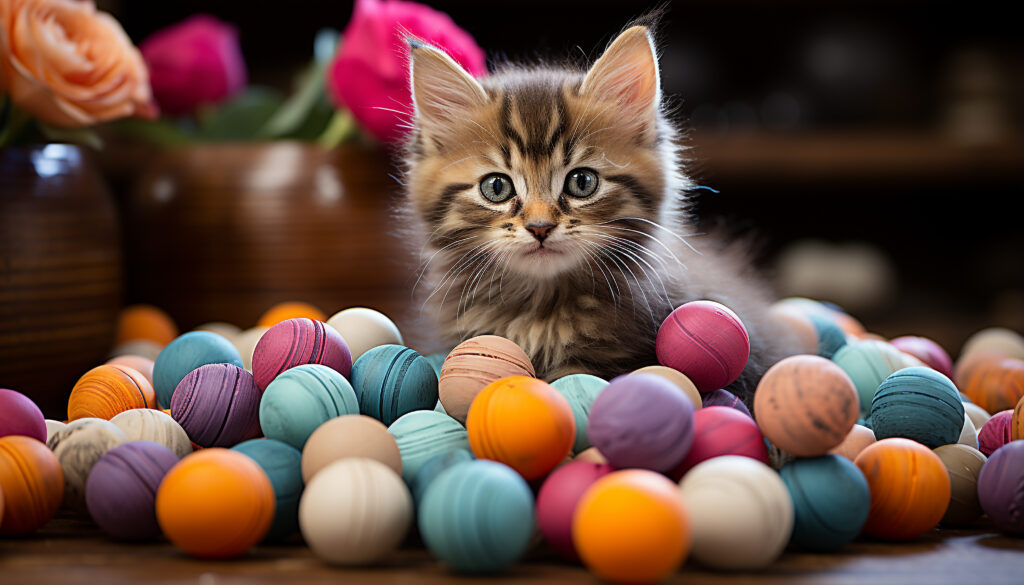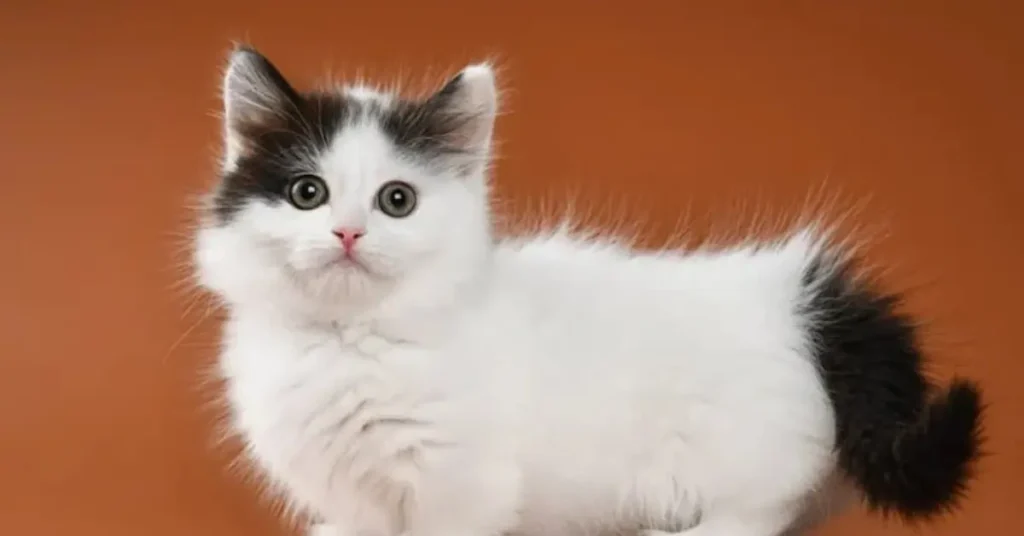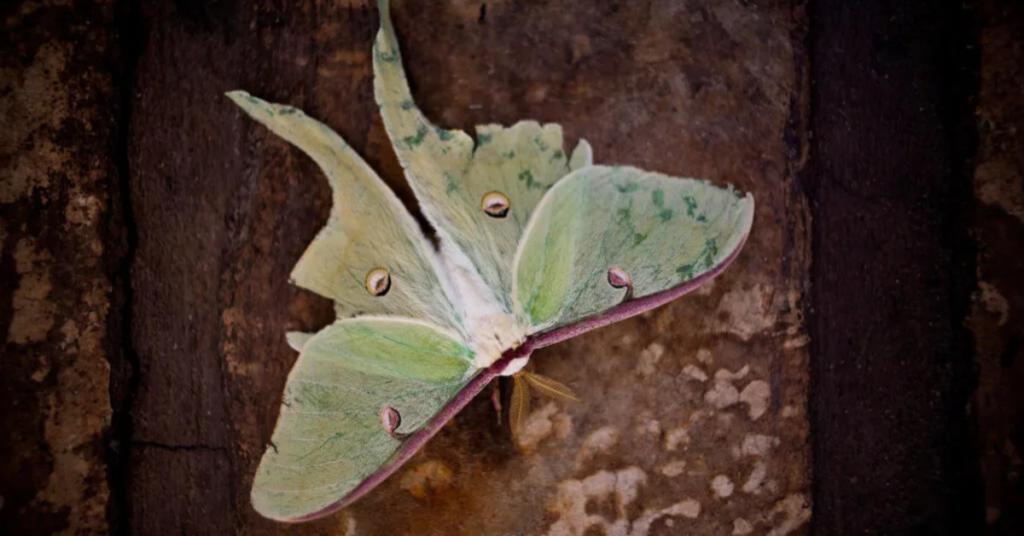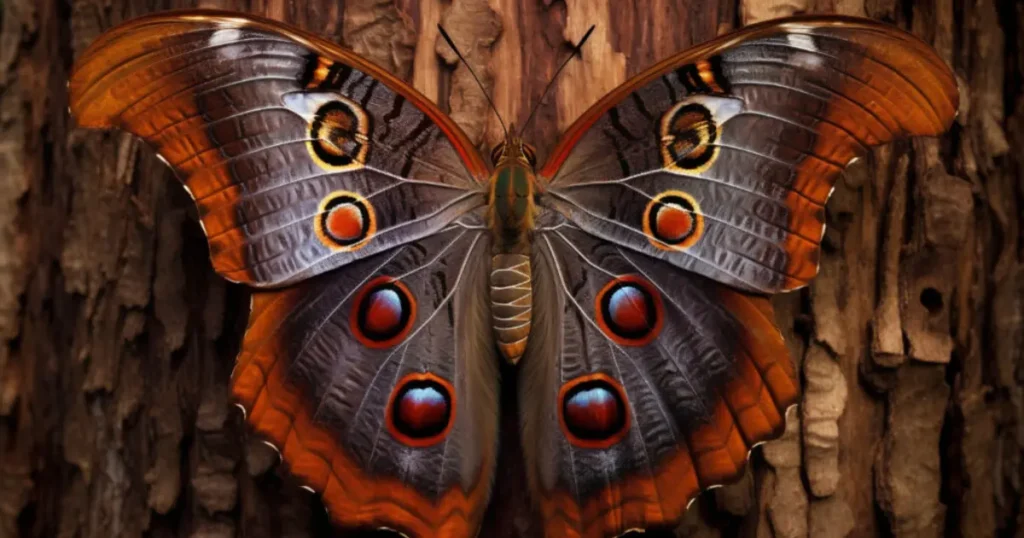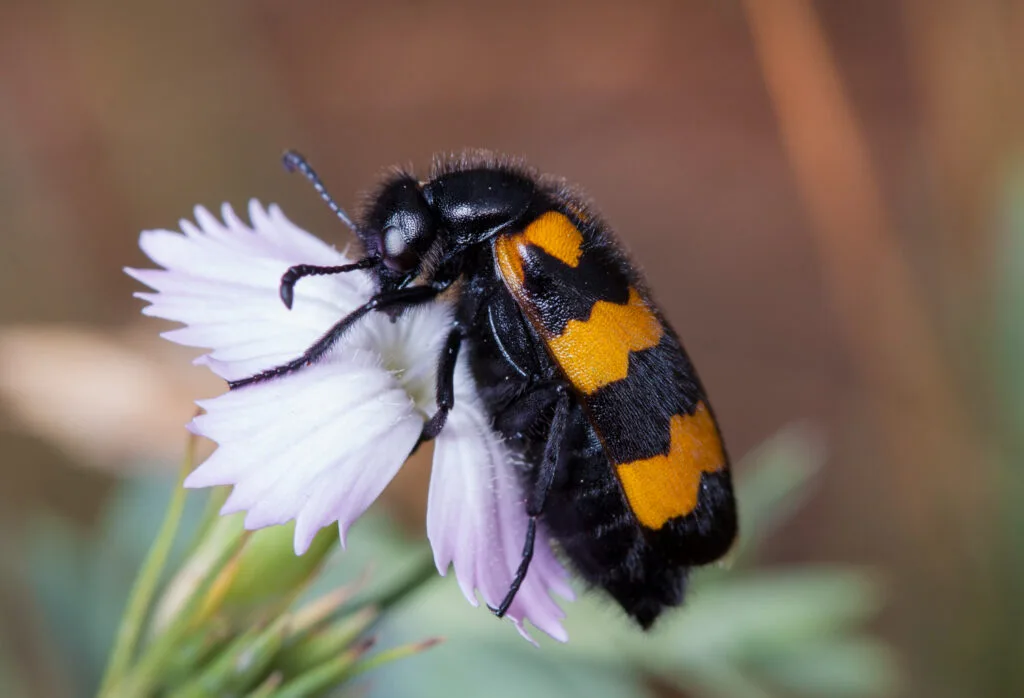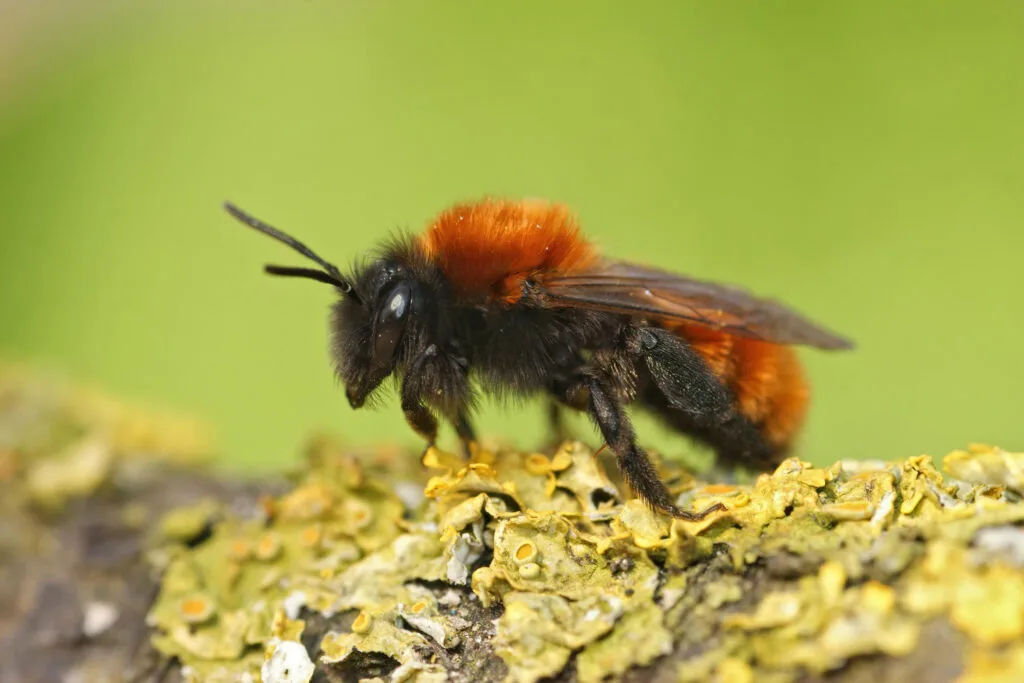Store-bought cat toys can be repetitive and expensive, often lacking the personal touch that makes playtime special. With a little creativity and common household items, you can craft DIY cat toys that cater to your kitten’s specific play style. These toys are not only affordable but also stimulate your kitten’s natural instincts—like chasing, pouncing, and chewing.
Making your own cat toys helps build a stronger bond with your pet, encourages healthier activity levels, and lets you recycle items you already have at home. Whether you’re looking to save money, reduce waste, or simply add variety to your kitten’s playtime, this guide is for you.
Table of Contents
ToggleBenefits of Making DIY Cat Toys at Home
- Cost-Efficient: No need to spend on overpriced toys.
- Customisable: Design toys that suit your cat’s preferences.
- Eco-Friendly: Reuse old clothes, boxes, and household items.
- Engaging: Keeps kittens mentally stimulated and physically active.
- Safe: You control the materials used, avoiding harmful plastics or loose parts.
1. Yarn Pom-Poms on a String
Cut yarn into even strands and tie them together tightly to form pom-poms. Attach them to a safe string or stick to mimic prey. This is great for stimulating your kitten’s hunting instincts and encourages movement.
Pro Tip: Use different textures of yarn to see which one your kitten prefers.

2. Cardboard Box Maze
Take a large cardboard box and cut entry and exit holes to create a tunnel system. Add smaller boxes inside to make levels or dead ends. This becomes a hideout and a play zone in one, ideal for cats that love to explore.
Enrichment Bonus: Place a treat or a toy in the box to increase exploration.

3. Toilet Roll Puzzle Toy
Fill an empty toilet roll with small dry treats and fold both ends inward. Your kitten will enjoy pushing and biting it to release the treats. This simple toy also boosts problem-solving skills.
Variation Idea: Wrap it in paper and let your kitten rip through the layers.

4. Sock and Catnip Knot Toy
Fill an old sock with dried catnip and tie it off tightly. This toy provides hours of fun, especially for cats that love to roll or chew.
Caution: Use strong socks and check for tears often to avoid ingestion of stuffing.
5. Felt Feather Wand
Cut felt into feather shapes and attach them to a wooden stick using durable thread. This mimics the flutter of birds and encourages interactive play.
Why It Works: Cats are natural hunters and will be drawn to the motion.
6. Ice Cube Chase Game
Freeze a small treat or jingle bell inside an ice cube. Your kitten will bat it across the floor trying to get the reward. This game adds sensory play and is great for hot weather.
Important: Only use pet-safe items and always supervise to avoid swallowing.
7. Crumpled Paper Balls
Crumple plain, uncoated paper into small balls. These are lightweight and easy for your kitten to chase and bat around. They also make interesting sounds, which adds stimulation.
Budget Tip: Old receipts or grocery paper bags work perfectly.
8. DIY Catnip Sock Mice
Sew small mouse shapes using fabric scraps and fill them with cotton and catnip. Add stitched eyes and a fabric tail for added realism.
Best For: Cats that enjoy cuddling or carrying toys.
9. Treat Dispenser Bottle
Cut holes in a clean plastic bottle just large enough for kibble to fall out. Fill the bottle and let your cat roll it around to release food. This is both a toy and a slow-feeding tool.
Added Value: Helps control portion size while entertaining your kitten.
10. Puzzle Egg Carton
Use an empty egg carton to hide treats inside each compartment. Close the lid gently and let your cat figure out how to open it. This encourages digging and increases mental focus.
Tip: Use strong-smelling treats to encourage interaction.
11. Pipe Cleaner Shapes
Twist colourful pipe cleaners into spiral shapes or fake insects. Their springy movement intrigues kittens and keeps them coming back for more.
Caution: Only use under supervision as pipe cleaners can be sharp if bitten.
12. T-shirt Tent for Play & Rest
Using wire hangers and a cardboard base, stretch an old t-shirt over the frame to create a comfy hideout. This doubles as a play space and a nap nook.
Why It’s Great: Cats love enclosed spaces that give them a sense of safety.
13. Bottle Cap Rollers
Clean and smooth-edged plastic caps can be rolled across the floor for batting. Their random movement mimics live prey.
Safety Note: Ensure caps are too large to swallow and don’t have sharp edges.
14. Sock Tail Toss Toy
Take a long sock, fill the toe with soft cloth or tissue, and tie the remaining length to create a dangling tail. It’s ideal for solo play.
Added Feature: You can add a bell inside for a surprise sound effect.
15. Paper Bag Hide & Seek
Set a large paper bag on the floor. Toss a small toy or crinkled paper inside and let your kitten explore. This activity mimics natural hiding and hunting behaviour.
Important: Never use plastic bags—they pose suffocation risks.
16. Crinkle Sock Toy
Insert crinkly paper (like cereal bag liners) inside a sock and tie it off. The crunching noise and texture fascinate most kittens.
DIY Tip: You can layer different papers for varied sounds.
17. Tug Knot Fabric Rope
Cut old t-shirts or pyjamas into strips and braid them into a sturdy rope. Knot both ends tightly. This toy is perfect for tugging or chewing.
Durability Tip: Use thicker fabrics for long-lasting fun.
18. Scratch Pad from Cardboard Layers
Glue several layers of cardboard together in a rectangular shape, and leave the corrugated sides exposed. Sprinkle catnip on top for extra attraction.
Eco Bonus: Great way to reuse delivery boxes.
19. Puzzle Towel Wrap
Wrap dry treats in a small towel and fold it in creative ways. Your kitten will sniff, paw, and roll to uncover the treats.
Mental Challenge: Adjust complexity as your kitten gets smarter.
20. Hanging Ribbon Wall
Cut ribbons of various lengths and attach them to a safe height where your cat can jump and swat. This activity improves coordination and provides exercise.
Safety First: Secure all ribbons tightly and avoid long lengths that could tangle.
When to Rotate or Replace DIY Cat Toys
Cats lose interest if toys are constantly available. Rotate their DIY cat toys every 4–5 days. This keeps them curious and reduces boredom. Discard any worn or broken toys to avoid hazards.
Safety Checklist for Homemade Cat Toys
- Avoid small detachable parts that can be swallowed.
- Steer clear of toxic glues, inks, or paints.
- Regularly inspect toys for damage or wear.
- Always supervise new toys during initial use.
Enrich Your Cat’s Life with DIY Fun
Homemade toys aren’t just fun they enhance your kitten’s quality of life. These DIY cat toys improve mental agility, physical health, and emotional wellbeing. Plus, you can craft them quickly using what you already have at home.
Whether you’re entertaining a single kitten or keeping a multi-cat household stimulated, these creative ideas give you the flexibility and freedom to do both affordably and safely.
Conclusion
There’s no need to spend a fortune when you can make engaging, exciting, and enriching toys right at home. From paper puzzles to catnip mice and interactive treat games, these DIY cat toys provide variety, exercise, and joy for your playful kitten.
By using your imagination and common household materials, you’ll not only enrich your cat’s day you’ll also deepen your bond and save money along the way. So why wait? Start creating and let the fun begin today.

